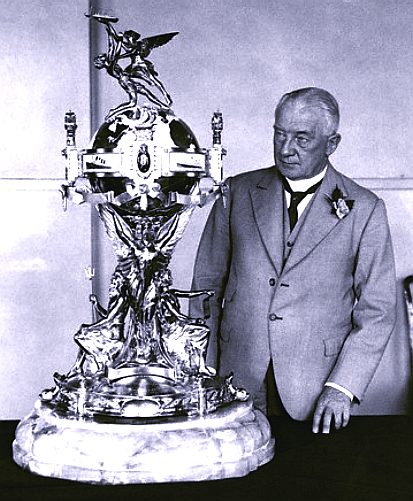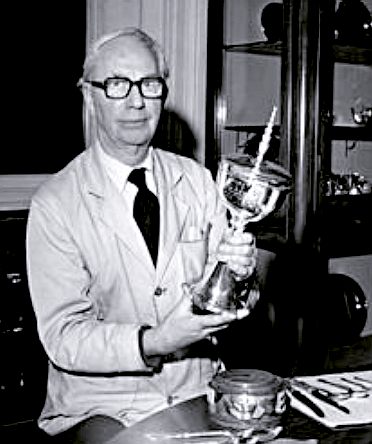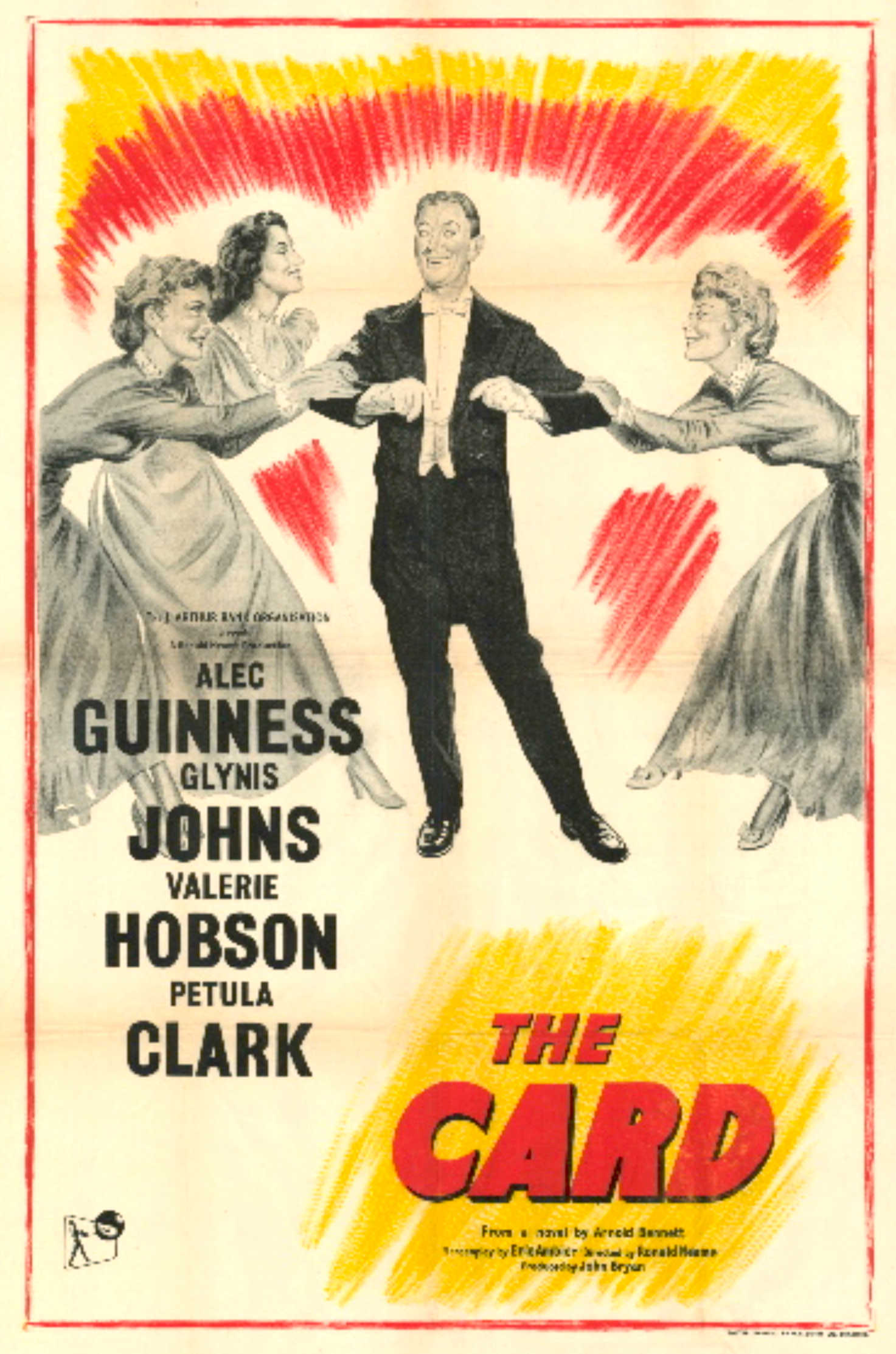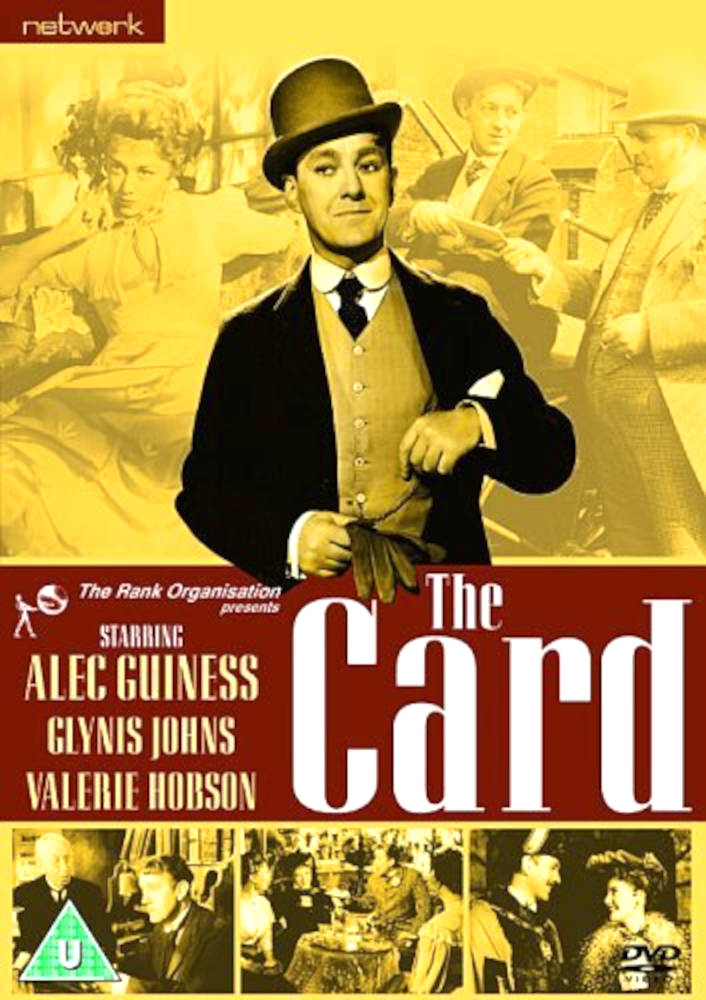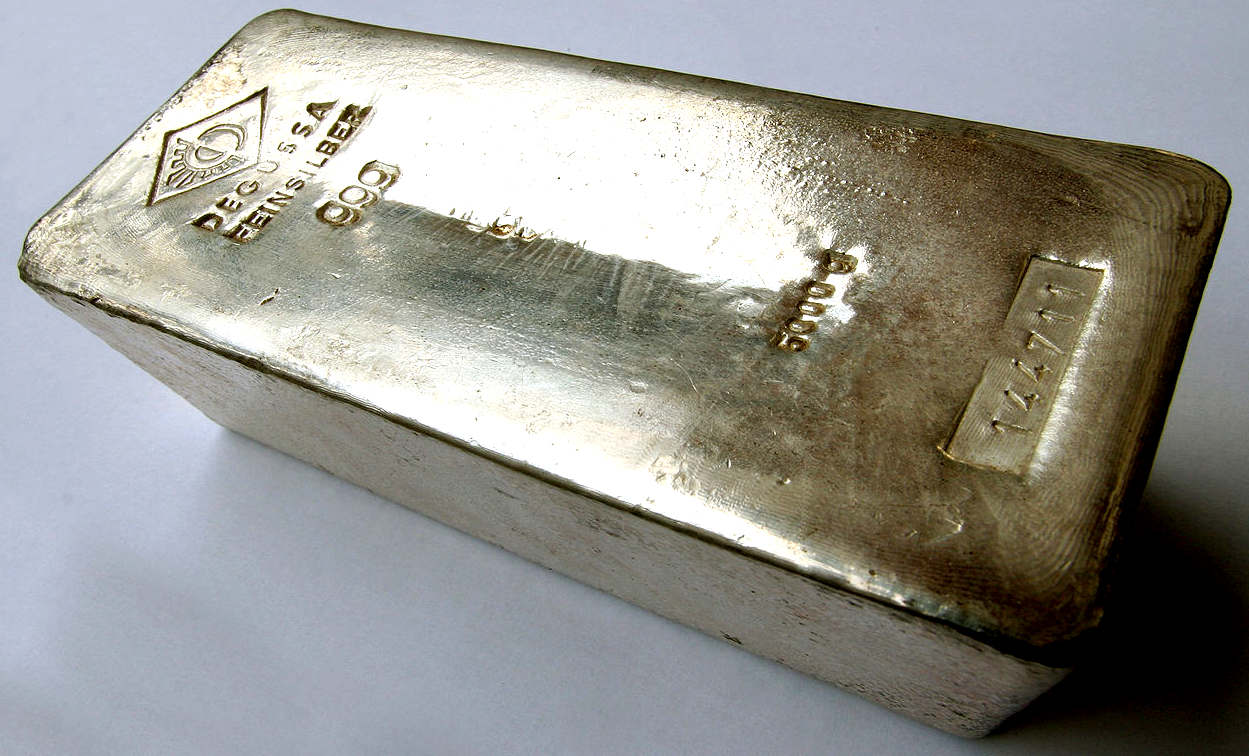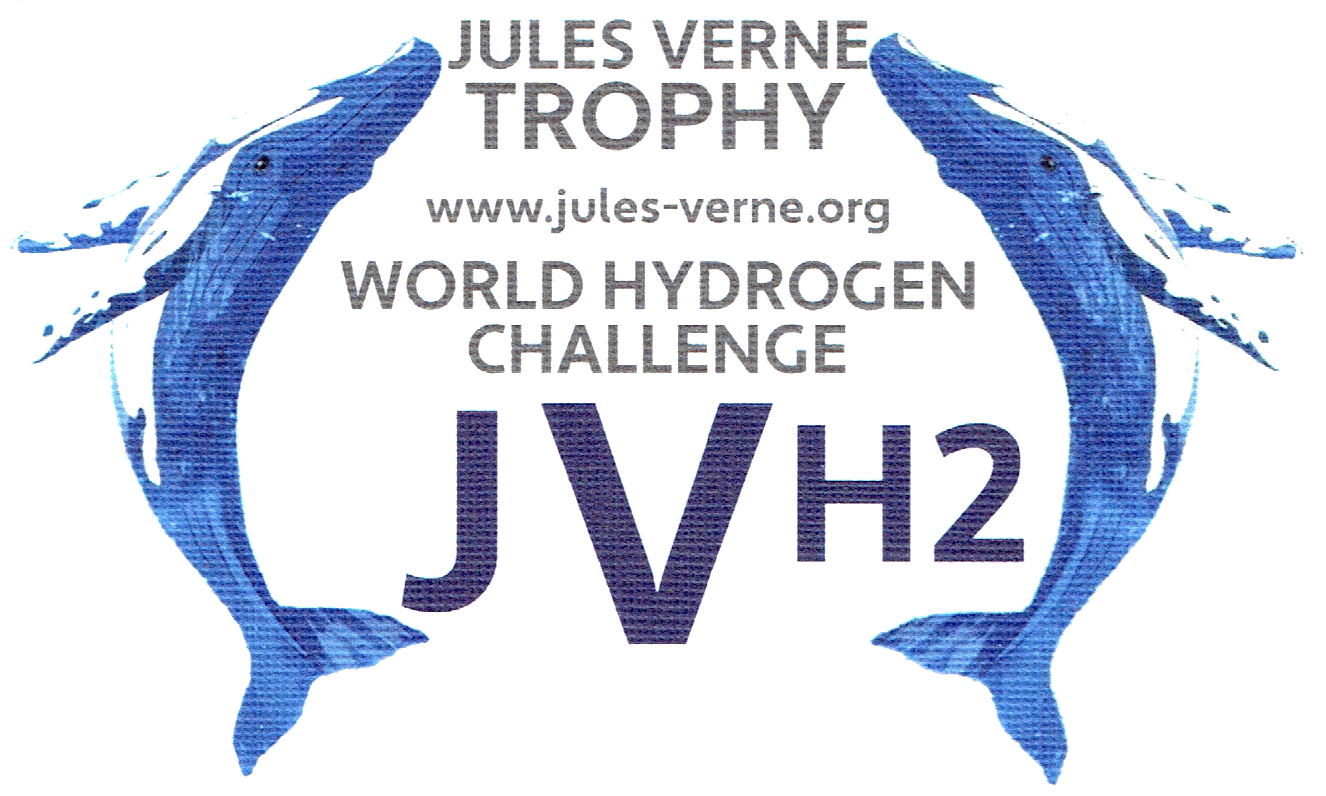|
THE HALES TROPHY
THE BLUE RIBAND
Please use our A-Z INDEX to navigate this site or return HOME
|
|
|
BLUE RIBAND TROPHY: Harold Hales commissioned the making of the magnificent 'Hales Trophy'.
|
|
|
The design of a trophy tells us a lot about the event it is being awarded for. One of the most elaborate and expensive trophies ever created is called the Hales Trophy, after the owner of a shipping company: Hales Brothers, the sole proprietor of which was 'Harold Keats Hales.'
The trophy is almost four feet tall, almost 100 pounds, made of solid silver, onyx and heavy gilt, showing Victory, Neptune and Amphitrite upholding a globe and topped by a figure called Speed urging a liner into the face of a figure called The Force of the Atlantic. An enameled blue ribbon surrounds the middle of the prize, and there are memorials to past record-holders, with Harold Hales's name at the base.
The Hales Trophy stands on a basis of carved green onyx, with an enameled blue ribbon encircling the middle, and decorated with models of galleons, modern ocean liners and statues of Neptune and Amphitrite, god and goddess of the sea. It is surmounted by a figure depicting speed pushing a three-stacked (funneled) ocean liner against a figure symbolizing the forces of the Atlantic ocean. Prior to 1935 and Harold Hales, there was no formal trophy to celebrate the speed increases.
The
cost of silver as the base material of the Hales Trophy is around $826 per kilo = 2.205 lbs.
Meaning that the silver content alone would have been around $30,000
dollars at 2022 prices. Of course the item is beyond price, being
unique, but the cost of the trophy's materials and the time of the
skilled artisan, make it one of the most expensive in the world. The
America's Cup is another example of a fairly sizeable trophy, though
not as grand as the Blue Riband.
The price tag of the cup pales by comparison with the cost of mounting an attempt at taking the record.
Silver has long been valued as a precious metal. Silver metal is used in many bullion coins, sometimes alongside gold: while it is more abundant than gold, it is much less abundant as a native metal. Its purity is typically measured on a per-mille basis; a 94%-pure alloy is described as "0.940 fine". As one of the seven metals of antiquity, silver has had an enduring role in most human cultures.
Silver was more expensive than gold in Egypt until around the fifteenth century BC.
|
|
|
|
|
|
Please use our A-Z INDEX to navigate this site
This website is Copyright © 2022 Jameson Hunter & Cleaner Ocean Foundation Ltd, equal opportunities companies. This website is carbon friendly, using less energy to load on average per page via simplicity & picture optimization. The same may not apply to third party links. The JVH2 Trophy is inspired in part by the Eiffel Tower & Statue of Liberty.
|
